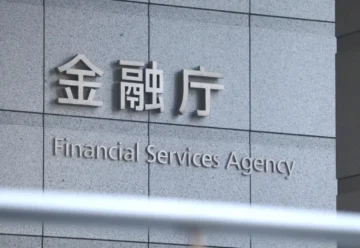Digital Euro May Appear Within Four Years

The development of the digital euro is ongoing. By 2026, the ECB plans to release a digital currency for financial settlements between individuals.
Speaking at the National College of Ireland, European Central Bank (ECB) Executive Board member Fabio Panetta said the agency is preparing to develop and test the digital euro for EU members in 2023. According to the economist, that stage could take up to three years.
Panetta argues that the digital euro has the potential to strengthen the EU’s monetary sovereignty and meet the population’s need to make daily digital payments throughout the eurozone. However, to promote the digital euro, innovation must be fostered at all levels, as the development of the CBDC must receive political and public support.
In his speech, the ECB representative did not ignore the recent fall of the TerraUSD (UST) stablecoin, as well as the general volatility of the cryptocurrency market. He said that even though cryptocurrencies have gained public approval, primarily due to the lack of controls, they remain “too risky to act as a reliable means of payment.” Therefore, Panetta stated that anyone investing in crypto “must be prepared to lose all their investment.”
Panetta also stressed that almost every country in the world is studying CBDCs. The EU does not intend to lag behind in embracing digitalization. CBDCs will enable the use of public money for digital payments. The representative of the ECB emphasized the possibility with CBDCs to preserve the complementarity of public and private money, which for decades has guaranteed stability, competition and innovation.
A recent survey shows that EU citizens are ready to use the digital euro as a means of payment.











